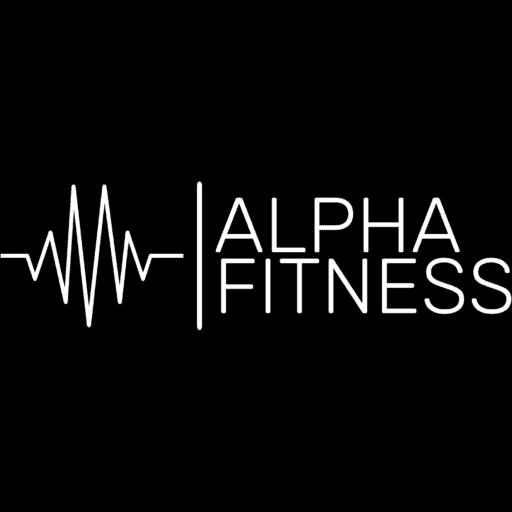
Building muscle increases your metabolic rate through a combination of factors, and the process is intricately linked to the way the body utilizes energy. Here’s a more detailed explanation:
Muscle Tissue is Metabolically Active:
Muscle tissue is more metabolically active than fat tissue. Even at rest, muscle cells require more energy (calories) to maintain themselves compared to fat cells. Therefore, the more muscle mass you have, the more calories your body needs to sustain these tissues, contributing to an increased resting metabolic rate (RMR).
Afterburn Effect (EPOC – Excess Post-Exercise Oxygen Consumption):
Intense resistance training, such as weightlifting or strength training, creates micro-tears in muscle fibers. The body expends energy to repair and rebuild these fibers during the post-exercise recovery period. This process, known as the afterburn effect, leads to an increased calorie expenditure even after you’ve finished your workout. The more intense the workout, the more pronounced this effect can be.
Increased Caloric Expenditure During Exercise:
Strength training itself requires a significant amount of energy. When you engage in resistance exercises, you burn calories not only during the workout but also as your body works to repair and build muscle post-exercise.
Improved Insulin Sensitivity:
Building muscle can enhance insulin sensitivity. Improved insulin sensitivity means that your body can more effectively use glucose, and this can contribute to better blood sugar control. When your body efficiently uses glucose, it’s less likely to store excess calories as fat.
Hormonal Influence:
Muscle tissue influences the hormonal environment in the body. For instance, higher muscle mass is associated with increased levels of growth hormone and testosterone. These hormones play a role in promoting muscle growth and can contribute to a more favorable metabolic profile.
Body Composition Impact:
As you build muscle and reduce body fat, your overall body composition changes. Muscle tissue is denser than fat, so even if the overall weight stays the same, having more muscle mass can lead to a higher metabolic rate due to the shift in body composition.
It’s important to note that the impact of building muscle on metabolic rate can vary from person to person based on factors such as genetics, age, gender, and individual response to exercise. Consistent and progressive resistance training, combined with a balanced diet, is generally recommended for those aiming to increase muscle mass and boost metabolic rate. Additionally, incorporating cardiovascular exercise and maintaining overall physical activity levels contributes to overall health and fitness.



